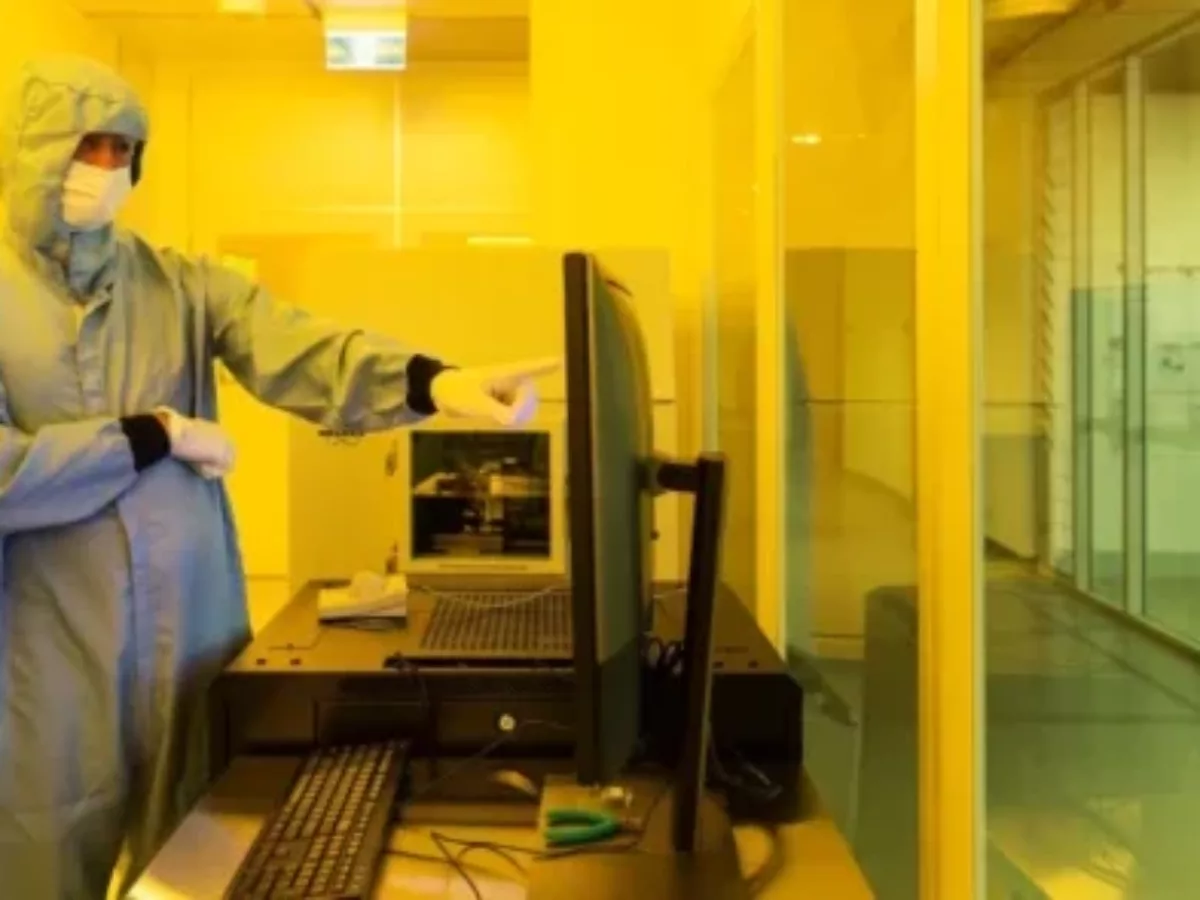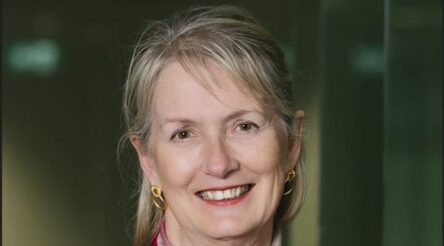Australia’s place in the semiconductor world: A case for connectedness

A recently-launched semiconductor service bureau is part of the NSW government’s attempts to grow the local sector. In this edition of Australia’s place in the semiconductor world, Dr Nadia Court explains why the bureau exists and what it hopes to do.
The Semiconductor Sector Service Bureau (S3B) was established in July 2022 to make it easier to succeed in the semiconductor industry.
In establishing S3B, we’ve taken a thorough look at the sector here and abroad. It’s helped us to understand the challenges currently presented, but also the opportunities on the horizon for those brave enough to seek them.
It genuinely is a time for enormous optimism: there are fantastic semiconductor innovations coming out of universities and a growing number of businesses, and this research excellence is clearly recognised by the rest of the world, as we attract evermore significant collaborations based on our photonics, quantum, and materials strengths (to name but a few.)
What’s apparent, and possibly more important, is that there is a clear and strong cross-sector desire to push Australia’s semiconductor industry forward. Perhaps one positive that we can take from “The COVID years” is that it’s driven home a realisation that despite being an important part of a global trade network, we need to be better prepared for when things go south.
Governments, manufacturers, suppliers, customers, academia, research funders and research enablers all seem to be agreeing that something needs to be done, and perhaps for the first time are all taking responsibility to cohesively push in the same direction.
While there’s a fair distance to cover for us to be able to call our sector perfect, please do carry confidence that we’re starting to head in the right direction. We also acknowledge some significant challenges to overcome.
What we’ve found is that we’re facing skills shortages: a dwindling crop of fresh, home-grown graduates with relevant degrees that aren’t industry-ready when they leave education.
We see age-old issues continuing to plague our export and R&D sectors: supply chains have been proven unreliable in uncertain times, and we lack local scaled prototyping capabilities; we’re losing Australian-made organisations overseas as they pursue easier expansion and larger markets; and our universities and businesses still aren’t leveraging each other enough, meaning both sides are losing out.
Because semiconductors support so many other industries, ranging from medtech to space, it’s imperative that these obstacles are eradicated There’s also no easy fix that can do this overnight.
With funding from the NSW Government through the Office of the Chief Scientist & Engineer, and incorporating partners from across academia and industry, S3B has been founded to enhance the capability, workforce, market connectedness and competitiveness of the NSW and Australian semiconductor sector.
We have been founded on sturdy ground, combining leading minds and organisations and partners and collaborators. S3B is hosted as an unincorporated joint venture between The University of Sydney (USyd), Macquarie University (MQ) and UNSW Sydney (UNSW).
Partnering with the CSIRO, the Australian National Fabrication Facility (ANFF), and with participants from across the Australian semiconductor industry, the entire consortium represents a globally networked, cross-functional grouping that spans the entire semiconductor value chain.
S3B’s early phases of action are focussed on establishing paths around some of the problems to help us succeed in the near term. This includes promoting training and career opportunities; identifying innovative approaches to training and skill development; helping to make skilled visas easier to understand and apply for; alerting the local sector to opportunities and market trends; growing relationships within the global supply chain and supporting clients to get the service they need; and orchestrating cost saving measures to assist with translation and commercialisation of R&D.
In the longer term, we will play a heavy role in helping the sector address some of the more complex challenges.
Businesses face significant hurdles finding enough suitable candidates to scale, putting pressure on our shallow talent pool. Addressing the decline in individuals choosing related study and career paths will need innovative and sustainable approaches to training and skill development. This situation is not unique to Australia, and there are incredible opportunities to partner with and learn from organisations that are addressing such challenges internationally.
Timelines, costs and efforts involved in developing new hardware or market strategy can be prohibitive for early-stage ventures. Incredible resources are available. However, they are not formally connected and can be hard to navigate for those just getting started. There is opportunity to leverage the strengths and know-how of established organisations to help new ventures get on their feet and succeed.
Semiconductors are critical to securing Australia’s future. In order for the nation to fully benefit from inevitable technological disruptions to existing sectors, such as the electrification of transportation, or the promise of emerging technologies like quantum, policy and investments related to semiconductors also need to consider future requirements. By leveraging the intersection of our sector’s strengths with emerging opportunities in other sectors Australia might just find its competitive edge in this complex industry.
We have a clear vision of a connected and collaborative semiconductor ecosystem; more reliable and more secure supply chains; the creation of new jobs and a sustainable local talent pool; more Australian companies with products and services that compete globally; and overseas companies seeing Australia as a place to establish collaborations and, importantly, invest in the economy.
But we need to work with all of those in the sector to realise this vision. We need people involved in the design, fabrication, and assembly of semiconductors; organisations involved in the material supply chain; and end users in current and future industries that rely on the steady supply of semiconductors to collaborate with us. It’s those at the coal face that we want to be our thought creators. If you have something important to add to this important initiative, get involved by contacting [email protected].
Picture: credit University of Sydney
Dr Nadia Court is the inaugural Director of the Semiconductor Sector Service Bureau. She is a PhD in physics and has previously held roles including Technical Director at University of Sydney’s Research & Prototype Foundry and Projects Manager at ANFF
@AuManufacturing![]() and AUS-Semiconductor-Community’s editorial series, Australia’s place in the semiconductor world, is brought to you with the support of ANFF.
and AUS-Semiconductor-Community’s editorial series, Australia’s place in the semiconductor world, is brought to you with the support of ANFF.
@aumanufacturing Sections
Analysis and Commentary Awards Defence Manufacturing News Podcast Technology Videos










